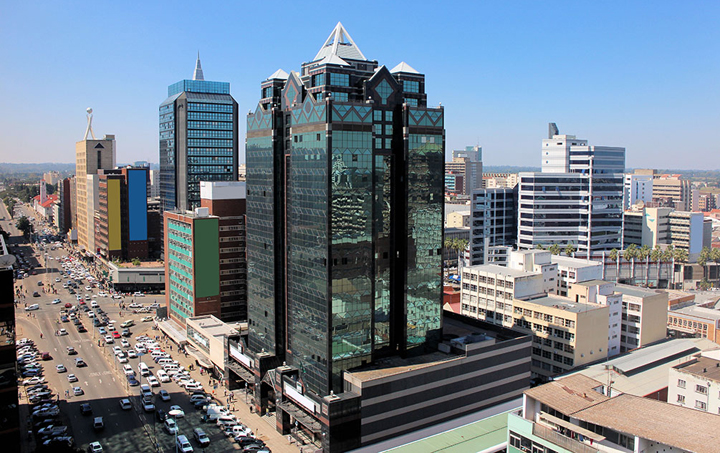 As Zimbabwe enters into election season, the country will need leadership that can articulate and demonstrate that they will decisively move the country towards socio-economic recovery, growth and prosperity.
As Zimbabwe enters into election season, the country will need leadership that can articulate and demonstrate that they will decisively move the country towards socio-economic recovery, growth and prosperity.
Regardless of the winner, the incoming administration will need to address a number of initiatives that will set the country on an aggressive growth trajectory.
To become a middle income country (estimated $35-45 billion GDP) will require a strong >8-10% GDP growth per year.
To achieve this requires visionary leadership, management expertise, relentless execution and the will of all stakeholders to move Zimbabwe forward on this bold journey.
To move the country into its “promised land” and rebuild the economy into a holistic and inclusive middle income country by 2030 (and high income by 2050) there are 5 strategic areas the incoming administration will need to address.
Regardless of the political party will form the government from September onwards, they will have the responsibility of ensuring that our institutions are able to deliver their mandates.
The executive, legislature, judiciary and commissions will need to be independent of each other, allowing for the checks and balances that allow for accountability to the citizens, performance management as well as the impartial upholding of the rule of law.
Traditional leaders will need to be impartial and identify their roles, responsibilities and relevance in upholding customs, traditions and values in a modern, middle-high income society.
Civil society will be critical in holding the state accountable to the promises that they made to citizens and ensuring that the most vulnerable are taken care of and not left behind in the economic rise.
The church and all religious groups will be required to be the moral compass of the nation, ensuring that the nation, its leaders and its citizens do not lose moral direction.
The church will also be critical in facilitating national healing and reconciliation and upholding the social contract between government and the citizens.
In order to achieve the aspirational >10%/annum GDP growth required to get us to middle income status, the incoming administration will need to ensure that there is strong investment in the key areas that catalyse and enable socio-economic growth and address any outstanding legacy issues that have prevented growth.
These include updating and developing new infrastructure for transportation, power, water, industrial, manufacturing and social services; Upgrading and developing new human capital skills required to create an highly skilled workforce; Embedding science, digitalization and technology into every aspect of the economy and society to improve efficiencies, productivity and ensure lasting impact; Instituting reforms in the public sector to create a results driven culture.
Continued next page
(499 VIEWS)
Interesting article, I just calculated that Zimbabwe needs a GDP of over $70 billion in the next 12 years. This is because a middle income country is classified as per capita of $3900 and by then it could be $6000. But here is the tricky part, most people are not taking into account population growth. Population growth of 2.3% means we will have 22 million people by 2030 and therefore Zimbabwe needs 15% GDP growth per ab annum to achieve that